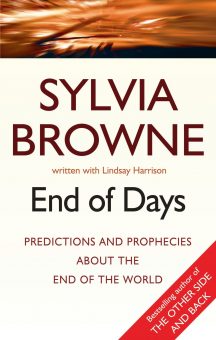The earliest Inca were artisans, hunters, farmers, and indisputably brilliant builders and engineers. Before the invention of the wheel, they built fourteen thousand miles of roads intended for nothing but foot travel, and there was such integrity to the roads’ construction that some of them are still intact today. Probably the most extraordinary monuments to the architectural genius of this ancient society are the Incan pyramids, temples, observatories, and other structures that continue to fascinate visitors from all over the world—also still intact, impeccably designed, and, in many cases, incomplete, mute reminders of a civilization suddenly decimated for the sake of power and greed.
The heart of Incan lives, language, and religion was their sense of oneness with nature. Nature, they believed, was the handiwork of the Sun God, of whom they considered themselves to be direct descendants. With elaborate festivals they thanked the Sun God for their harvests, they prayed to the Sun God for bountiful crops, and they implored the Sun God not to leave them, his children, during solstices when the earth and the sun are farthest from each other. They believed in reincarnation and, when the holiest of rituals were being held, carried mummies of their ancestors to the ritual sites so they could share their most reverent moments with those who preceded them.
When the Incan civilization was destroyed by the Spanish invasion in the 1500s, a small tribe of refugees known as the Q’ero escaped to isolated villages in the high Andes. They live there to this day, with their elders and shamans teaching their ancient language, history, traditions, and prophecies to generation after generation of heirs to the once vast and brilliant Incan world.
In 1996, a Q’ero tribal leader, a revered shaman, and other tribal elders honored the United States with a historic visit in which they shared a wealth of information about the Inca, including the prophecies of their ancestors. Among those prophecies is an eloquent passage describing the Incan beliefs about the end of the world:
The new caretakers of the Earth will come from the West, and those that have made the greatest impact on Mother Earth nowhave the moral responsibility to remake their relationship with her, after remaking themselves.
The prophecy holds that North America will supply the physical strength, or body; Europe will supply the mental aspect, or head; and the heart will be supplied by South America.
The prophecies are optimistic. They refer to the end of time as we know it—the death of a way of thinking and a way of being, the end of a way of relating to nature and to the earth.
In the coming years, the Incas expect us to emerge into a golden age, a golden millennium of peace.
The prophecies also speak of tumultuous changes happening in the earth, and in our psyche, redefining our relationships and spirituality.
The next pachacuti, or great change, has already begun, and it promises the emergence of a new human after this period of turmoil.
As if to guide their listeners toward this prophesied golden age, the Q’ero added the following in parting:
Follow your own footsteps.
Learn from the rivers,
the trees and the rocks.
Honor the Christ,
the Buddha,
your brothers and sisters.
Honor your Earth Mother and the Great Spirit.
Honor yourself and all of creation.
Look with the eyes of your soul and engage the essential.
Pages: 1 2 3 4 5 6 7 8 9 10 11 12 13 14 15 16 17 18 19 20 21 22 23 24 25 26 27 28 29 30 31 32 33 34 35 36 37 38 39 40 41 42 43 44 45 46 47 48 49 50 51 52 53 54 55 56 57 58 59 60 61 62 63 64 65 66 67 68 69 70 71 72 73 74 75 76 77 78 79 80 81 82 83 84 85 86 87 88 89 90 91 92 93 94 95 96 97 98 99 100 101 102 103 104 105 106 107 108 109 110 111 112 113 114 115 116 117 118 119 120




